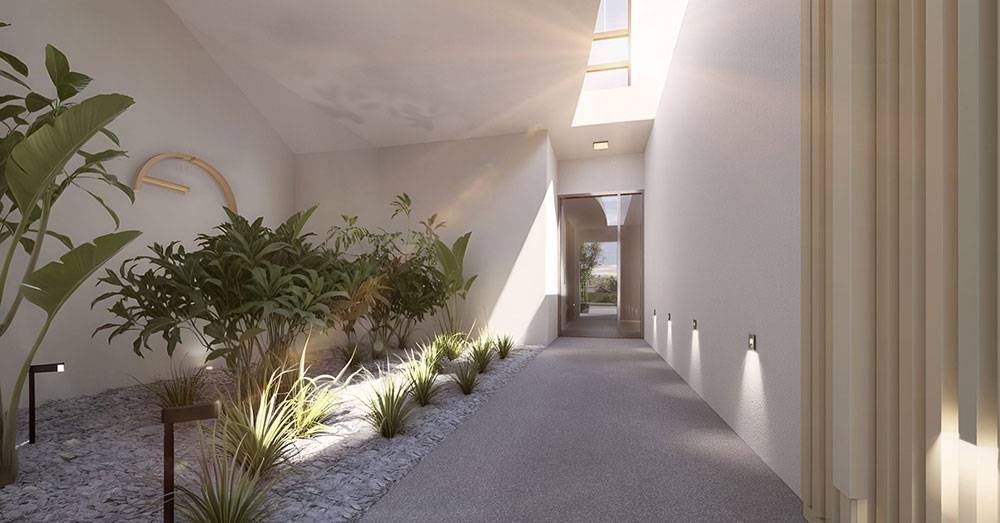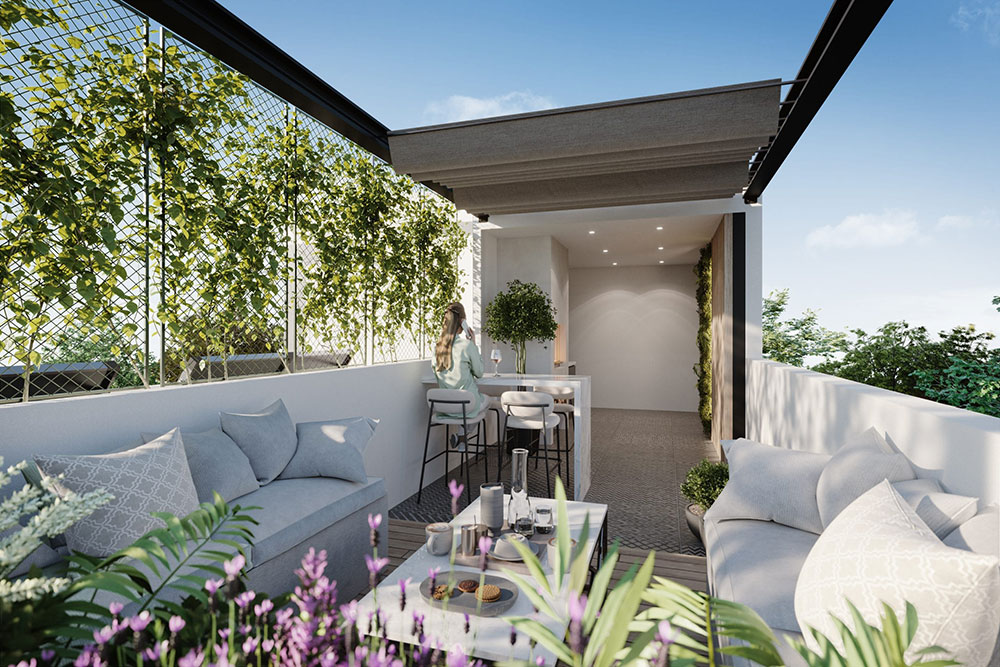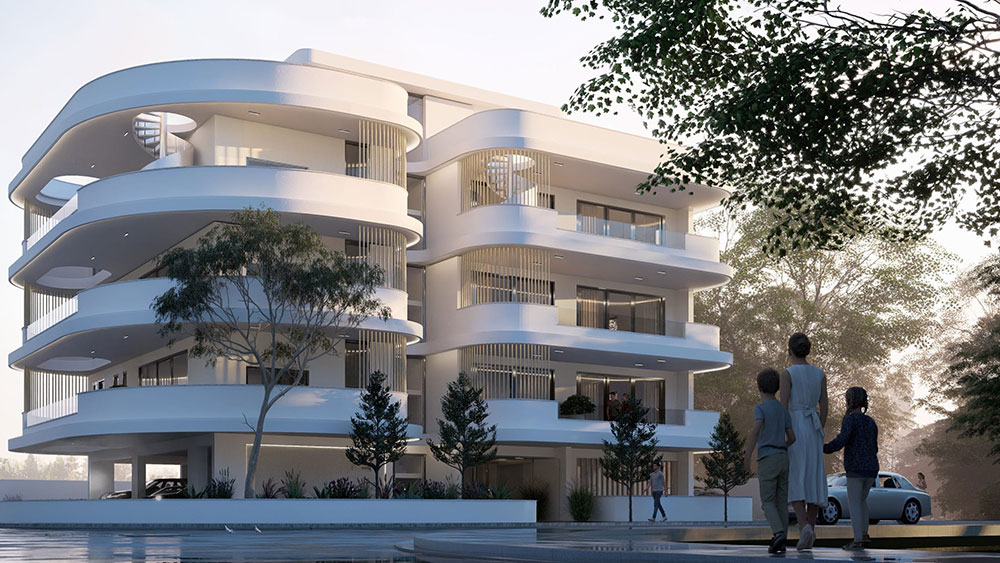The term “luxury” is often overused in the real estate market. The developer would choose marble countertops and established appliance brands to achieve an upscale look for the property. The first impression demonstrates some potential. But once someone lives there, the reality sets in.
The outer finishes of a product conceal its true nature, as the hidden elements often reveal different information.
True quality reveals itself slowly, not in the first glossy impression. It lives in the details, the way a home is built, the choices that went into the structure, and the craftsmanship that holds everything together.
For buyers and investors, knowing how to look past the surface is one of the most valuable skills you can develop. It not only helps you avoid costly mistakes but also points you toward properties that will stand the test of time.
The Illusion of Surface Luxury
It’s easy to be distracted by glossy surfaces. Developers are aware of this, which is why so much effort is invested in marketing kitchens with sleek counters or bathrooms lined with designer tiles. These are features you can see immediately, and they sell the dream of luxury living.
The problem is that the finishes wear out. Countertops chip, tiles crack, and paint fades. If the bones of the house aren’t strong, all that surface sparkle won’t matter in a few years. A property may appear expensive when it’s new, but its weaknesses become apparent as soon as everyday life takes hold.
True quality is quieter. It reveals itself not in prominent “wow” features but in the way doors close smoothly, the silence of sound insulation, or the consistency of materials that age gracefully rather than breaking down.
Indicators of Real Construction Quality
When you look closer, several details consistently reveal whether a home has been built with care or with shortcuts.
- Solid structure
The entire construction process starts with the foundation and framing work. The correct execution of these steps will prevent any finish from concealing the existing defects. A foundation built with proper construction methods leads to lower settlement and cracking rates, resulting in improved structural safety and a longer building life.
- Insulation and soundproofing
Energy efficiency isn’t only about appliances; it starts in the walls. Sound insulation keeps heat and cool air where they belong. Quality soundproofing ensures privacy and comfort. Both are details that many buyers don’t think to check, but make a huge difference in daily living.
- Finishing precision
Inspect the alignment of doors, the fit of cabinetry, or the seams where walls meet the ceiling. Poor quality in small areas often reflects larger problems elsewhere. High-quality construction pays attention to details that most people will never consciously notice, but they feel the difference when living in the space.
- Materials that last
A home built with thermal windows, durable stone, or engineered wood flooring will maintain its performance and appearance for decades. Shortcuts, such as thin laminate flooring or low-grade plaster, may initially save money, but they can ultimately cost owners more due to replacements and repairs.
- Systems integration
Heating, cooling, ventilation, and even wiring should be designed as part of the whole, not added as afterthoughts. When systems are properly integrated, a home feels more comfortable, runs more efficiently, and avoids the costly retrofits that come with poor planning.
Why This Matters for Buyers and Investors
Luxury homes that fail to meet quality standards eventually lose their appeal — and their value. A kitchen remodel might update the look, but if the house is drafty, noisy, or unevenly heated, buyers will notice. And when the structural flaws are severe, the costs of fixing them can outweigh any perceived “luxury” of the finishes once delivered.
From an investment perspective, homes with genuine construction integrity tend to perform better over time. They need fewer repairs, attract more discerning buyers, and justify higher resale prices because they age well.
How to Spot Quality During a Viewing
You don’t need to be an architect to get a sense of whether a home is built well. A few small checks can tell you a lot:
- Open and close interior doors. Do they align properly, or do they stick?
- Walk across the floor. Does it feel solid, or does it creak and shift?
- Look at the edges of cabinetry. Are they flush and even?
- Stand quietly in a room. Can you hear the outside world too clearly?
- Touch the windows. Are they sturdy and insulated, or do they rattle?
These might seem like little things, but they’re the very details that separate homes built for show from homes built for life.
Lessons From Craftsmanship
Around the world, certain architectural traditions have endured because they valued craftsmanship over flash. Japanese joinery, Scandinavian carpentry, or the stonework of classical European buildings all share one principle: beauty and strength come from precision and integrity.
The best modern homes continue this tradition, even if their style is contemporary. They balance form and function by investing in the unseen details that give a residence its backbone.
Developers Who Build Beyond the Surface
Not all developers cut corners. Some prioritize the hidden aspects of construction because they know that long-term value lies there. They choose better materials, enforce higher standards of quality, and design with the building’s lifespan in mind.
As Folia Homes notes in their own work, real quality isn’t about adding decorative flourishes. It’s about creating homes where the construction itself is a mark of excellence, and where every detail — even the ones you don’t immediately see — contributes to lasting value.
Closing Thought
Surface finishes create visual appeal but they do not provide any protection for the value of the item. The most important elements consist of structure and systems and craftsmanship and material selection.
These are the things that don’t wear out after a few years and that continue to define a home long after fashions have changed.
For buyers, this means asking better questions, looking more closely, and paying attention to the subtle signs of quality. For investors, it means recognizing that true luxury is less about appearances and more about resilience.
A house constructed with integrity will distinguish itself from all other houses. The type of luxury that never disappears is the one that will last throughout time.








